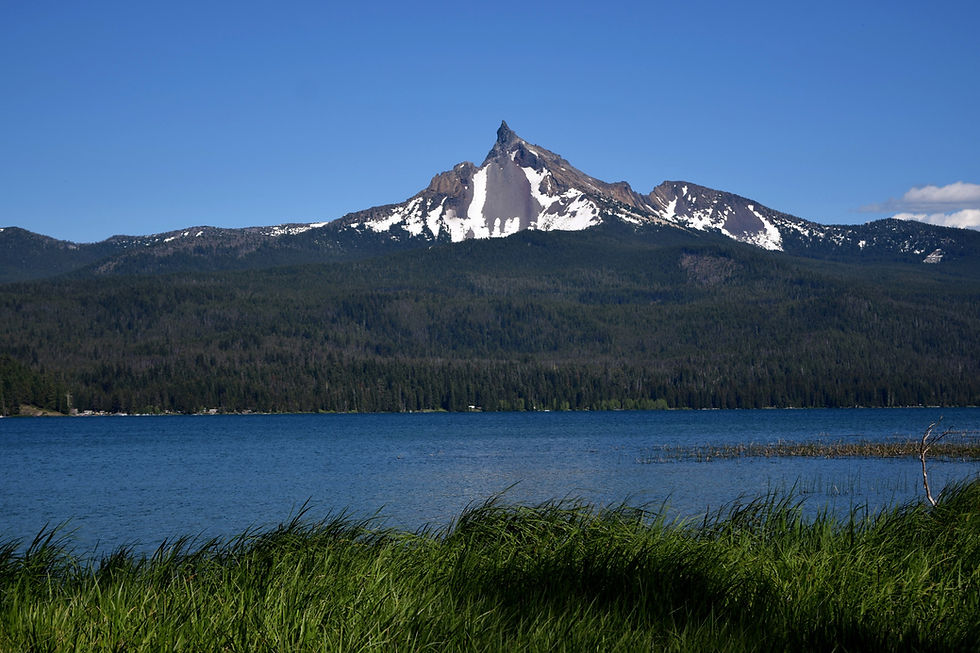Restless Waters - Cape Cove
- brennahpm

- Nov 17, 2019
- 2 min read

DISTANCE ELEVATION GAIN DIFFICULTY
1.6 mi 232 ft Easy

What To Expect
This trail will take you through lush Sitka Spruce forest down to Cape Perpetua's rugged, black coastline of collapsed sea caves, ocean geysers, tide pools, foaming cisterns, and powerful ocean waves. The high, volcanic cliffs of the cape drop steeply into the sea here. Long, basalt fingers from ancient lava flows stretch away from the coastline, creating rough barriers that large ocean waves constantly crash against, sending clouds of sea water spraying into the wind. At low tide, the pitted lava rock is a perfect spot to go tide pooling. Visitors should have no trouble finding sea anemones, hermit crabs, sea urchins, mussels, starfish, and much more.



Devils Churn Millions of years of crashing waves have eroded and cracked Oregon's volcanic coastline. Devil's Churn is a deep fissure cut into a large basalt embankment connected to the Cape Perpetua shore. Looking down into the chasm, you can see churning torrents of white-water throwing drift wood as large as entire trees against its rock walls. At high tide, it's common for large waves to spray up out of the chasm in wide plumes of sea spray.
Cook's Chasm and Spouting Horn Cook's Chasm is a slightly more open basalt channel that connects to a narrow gorge, winding up into the forest. The Spouting Horn is a geological blowhole - an underwater sea cave in the side of the chasm with a small opening at the top. At high tide, crashing waves funnel water between the rocks, filling the cave, and creating explosions of sea spray that reach many feet into the air.
Thor's Well
It is believed that Thor's Well was a sea cave whose roof collapsed, leaving a 20 feet deep, empty column buried in the basalt shoreline. The ebb and flow of the waves very dramatically push and pull water from Thor's Well through the base of the column. To see the water rise and fall most dramatically, I recommend visiting just after peak high tide. Other times of the day, however, you can still see waves either churn up and out of Thor's Well or shoot upward in big splashes.

Getting There
Starting at the Cape Perpetua Visitor Center, take the Cape Cove out and back trail through the forest, under the PCH, and along a coastal overlook. On the way back (when you reach the tunnel), follow signs for the Captain Cook trail. This will take you on a loop down to the shore to see Cook's Chasm, Spouting Horn, Thor's Well, and Devil's Churn.
Now get out there and have fun!



Comments